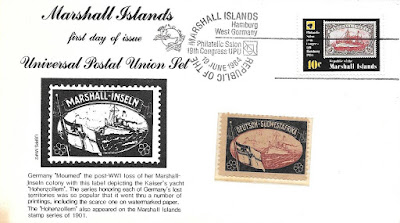Rupees
Fifty banknote was first introduced on 16th September 1975. The new
note depicted the Parliament Building at New Delhi having a bare Flag-pole, i.e., without the National Flag, on the
reverse. Governor S. Jagannathan was the first signatory, followed by K.R.
Puri, M. Narsimhan, and I. G. Patel.
The
Flag omission was rectified in 1980 during the tenure of Governor I. G. Patel. The National Flag now appears on the Flag-pole over the Parliament
House. The legend Satyameva
Jayate, i.e., ‘truth alone shall prevail’, also came to be incorporated
under the Ashoka Pillar emblem for the first time. The watermark continued to
be the Lion Capital, Ashoka pillar with spinning wheels.
On 14th March 1997, a new 50 Rs note under the ‘Mahatma Gandhi Series’ was introduced.
The National Flag is now bigger in size in
its position of honour. The banknotes of this series bear the portrait of
Mahatma Gandhi on the obverse with enhanced security features being introduced in
phased manner. The watermark has also been changed to depict the Gandhi
portrait. Governor Rangarajan was the first signatory of the notes.
Banknotes issued initially in the ‘Mahatma Gandhi’ series carried the
name ‘M. K. Gandhi’ below the
portrait of Gandhi.
The
name M. K. Gandhi was subsequently
changed to ‘Mahatma Gandhi’ (when
Bimal Jalan was the Governor of RBI).
From the
year 2005 onward the Mahatma Gandhi series notes have period/date of printing
at the bottom of the reverse side.
Queries
under Right to Information Act, 2005 have since been raised as to why RBI has
used the word ‘Mahatma’ since the title was never officially conferred on him.
(‘Weird Wallet’: Without Reserve / October-December 2013).
In
April 2006, RBI introduced ’Star Series’(*) banknotes in the number panel to
avoid the cost involved in reprinting of the same serial number notes.
Symbol
‘₹’ for Rs. was introduced for the
first time in 2012; Governor D. Subbarao.
Progressive
number panel was introduced in 2016; Governor Raghuram G. Rajan.
The banknotes in this series came to an end in
2017, Governor Urjit Patel was the last signatory.































